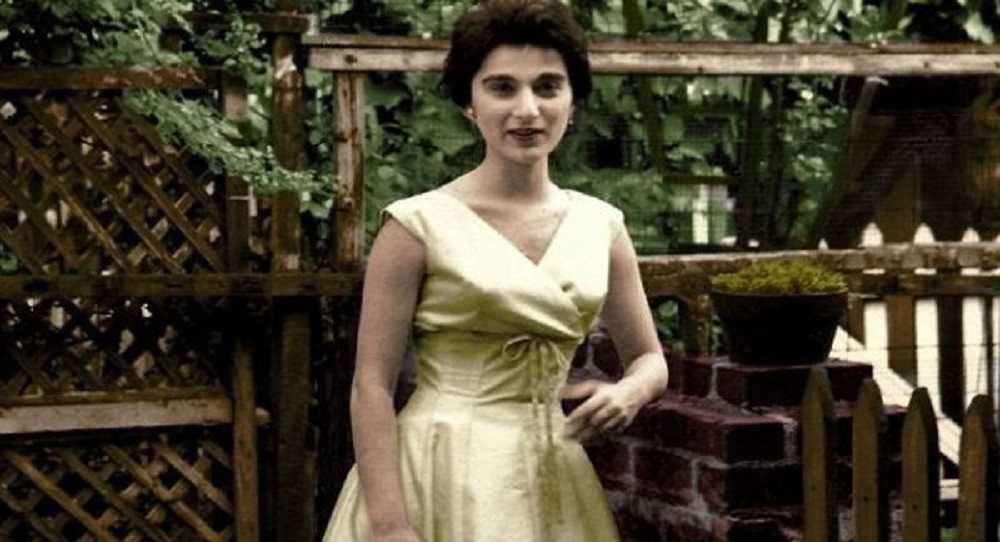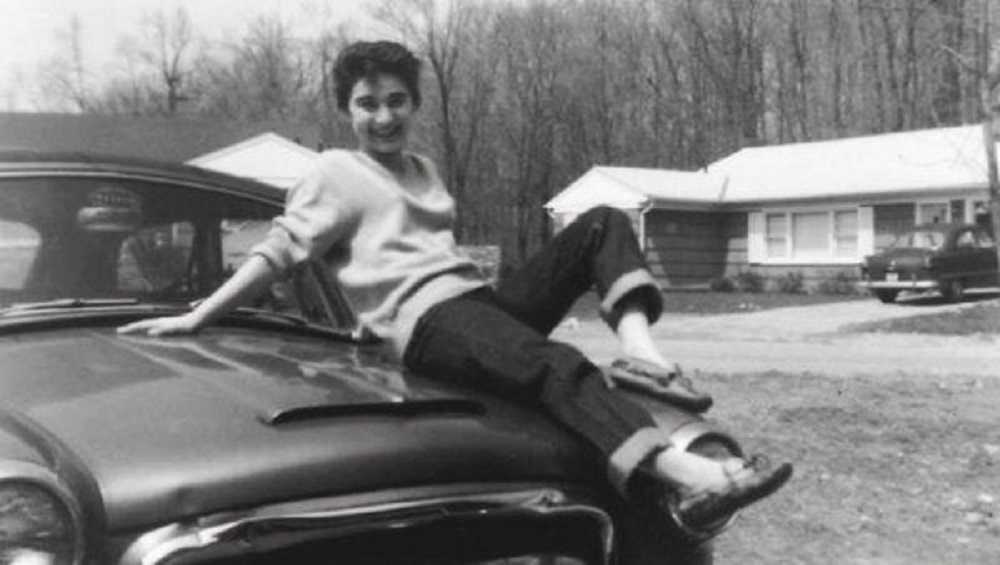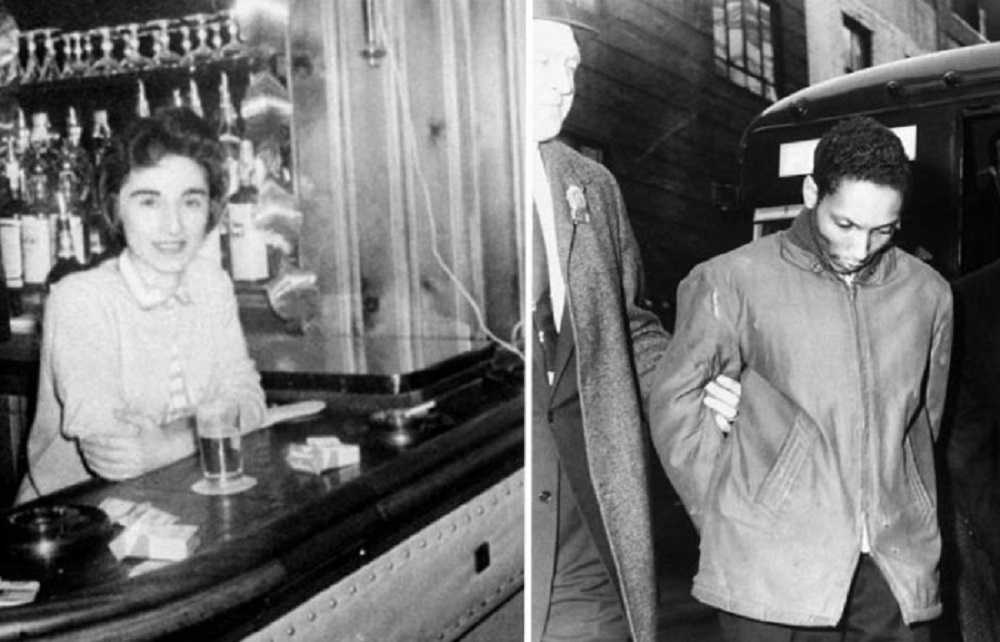
Who Was Kitty Genovese?
Catherine Susan “Kitty” Genovese was born in Brooklyn, New York, on July 7, 1935, to parents Vincent and Rachel Genovese. The oldest of five children, Genovese was a graduate of Prospect Heights High School and remembered as a very good student and voted “Class Cut-Up” in her senior year.
Following her graduation in 1953, Genovese’s mother witnessed a murder on the streets, which motivated the family to move to New Canaan, Connecticut.
Kitty Genovese, however, remained in New York City, working as a secretary at an insurance company and working nights at Ev’s 11th Hour, a bar in the Hollis neighborhood of Queens, first as a bartender then as the manager, prompting her to move to Queens.
A decade later, Genovese met her girlfriend, Mary Ann Zielonko, in a Greenwich Village nightclub. The two found a second-floor apartment together in Kew Gardens in Queens, considered a peaceful, safe area to live.
Kitty Genovese was returning from work home at around 2:30 a.m. on March 13, 1964, when she was approached by a man with a knife. Genovese ran toward her apartment building front door, and the man grabbed her and stabbed her while she screamed.
A neighbor, Robert Mozer, yelled out his window, “Let that girl alone!” causing the attacker to flee.
Genovese, seriously injured, crawled to the rear of her apartment building, out of the view of any possible witnesses. Ten minutes later, her attacker returned, stabbed her, raped her and stole her money.
She was found by neighbor Sophia Farrar, who screamed for someone to call the police. Police arrived several minutes later. Genovese died in the ambulance on the way to the hospital.
The murder elicited a brief news item in The New York Times.
Murder Of Kitty Genovese Solved
Winston Moseley had spotted Genovese at a traffic light while he sat in his parked car and then followed her home. He had been driving around Queens looking for a victim but gave no motive for the attack. Moseley was married with three children and had no prior record.
Later interrogations would have Moseley confess to several other rapes and two other murders, those of Annie Mae Johnson and Barbara Kralik. Moseley was sentenced to death on June 15, 1964—it was reduced to a life sentence in 1967.

He would later claim that a mobster executed Genovese and he was only the getaway driver. Moseley’s son has stated that he believes Moseley attacked Genovese because she yelled racial slurs at him. Moseley died in jail on March 28, 2016 at 81 years old.
Bystander Effect Or Kitty Genovese Syndrome
On March 27, 1964, The New York Times ran an article titled “37 Who Saw Murder Didn’t Call The Police,” alleging that multiple neighbors heard or witnessed Genovese’s murder but did nothing to help her.
The newspaper followed it up the next day with an analysis speaking to several experts on the psychology of why people would choose not to get involved.
Later in the year, Rosenthal adapted this information into a book called Thirty-eight Witnesses: The Kitty Genovese Case.

The phenomenon, called the Bystander Effect or the Genovese Syndrome, attempts to explain why someone witnessing a crime would not help the victim.
Psychologists Bibb Latané and John Darley made their careers studying the Bystander Effect. And have shown in clinical experiments that witnesses are less likely to help a crime victim if there are other witnesses. The more witnesses, the less likely any one person will intervene.
The Bystander Effect was used by the press as a parable of a morally bankrupt modern society losing its compassion for others, particularly in cities.
The Birth Of 911
The murder of Kitty Genovese is credited as one of the factors that pushed the emergency 911 system into place, after New York City officials joined in a national effort involving officials in other cities. It became the national emergency number in 1968.